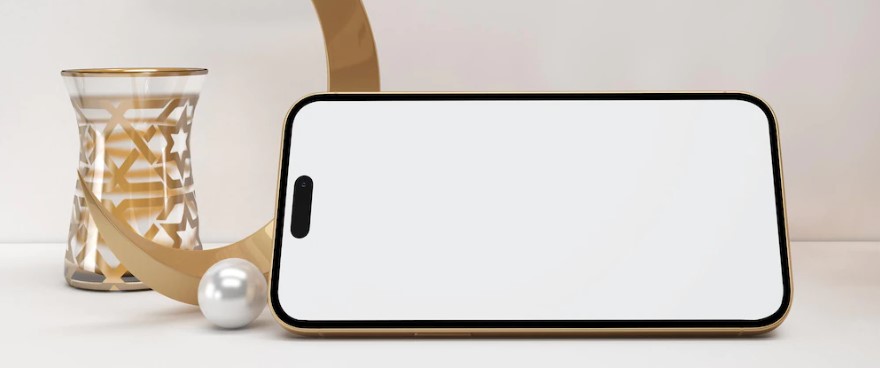The first iPhone – when did it appear?

The first iPhone was presented by Apple on January 9, 2007 at a presentation in the city of San Francisco, USA.

Where did the iPhone come from?
Today, for many people, a smartphone is an integral part of their life. However, this was not always the case. The history of the creation of the first iPhone begins in 2004, when the startup company Finger Works, which specialized in the development of multitouch technology for computers, was acquired by Apple. Since that time, Apple began to actively work on the development of a touch screen with a multitouch function. Which was to become a key feature of the future smartphone.
In 2005, Apple began working on the “Project Purple” project, which involved the development of a new smartphone. The prototype was already ready in 2006, but the company was not yet ready to release it to the market. In 2007, journalists from The New York Times and The Wall Street Journal published articles about the arrival of a new device from Apple, which aroused the interest of fans and competitors of the company.
The official announcement of the first iPhone took place on January 9, 2007 at the annual Macworld Conference & Expo in San Francisco. The creation of the smartphone was led by Steve Jobs, who presented the new product. In his speech, Jobs called the iPhone a “revolutionary device” that combines a phone, a player and an Internet communicator. And indeed, the first iPhone changed the perception of smartphones at that time.
What did the first iPhone have?
The iPhone had a 3.5-inch touch screen with a resolution of 320×480 pixels, which allowed users to easily interact with the device using their fingers. In addition, it had a single-chip system based on an ARM processor and an iOS operating system.
It had a built-in 2-megapixel camera, supported Wi-Fi and Bluetooth standards, and had the ability to play music and videos. In addition, it was equipped with a touch orientation sensor. Which allowed the device to automatically flip the image from portrait mode to landscape.
It was available in two versions: with 4 GB and 8 GB of internal memory. The cost of the device was $499 or $599 depending on the version.
What did the first iPhone look like?
The first iPhone had a simple but elegant appearance that reflected Apple’s design style. It had rounded corners and a plastic back cover, and the screen was protected by a glass coating.
The back cover of the first iPhone was removable, which made it possible to replace the battery and add additional components. At the same time, it was very unusual for users, as it required a special tool to open the back cover.
What changed the first iPhone in the history of smartphones?
The first iPhone was a revolutionary device that opened a new era in the history of smartphones. It combined a phone, a player and an Internet communicator in one device, which was unthinkable before.
The iPhone abandoned the traditional buttons and keys in use, replacing them with a touch screen with capabilities. This was a big step forward in touch control technology and opened the door for further user interface developments.
In addition, the iPhone ushered in a new era in mobile photography, providing a convenient and affordable camera in the pocket. Today, smartphones have become one of the most popular cameras in the world.
Also, was the first smartphone to introduce apps. Which greatly expanded the capabilities of the device and opened the door for developers to create new applications and services.
It should also not be forgotten that the first iPhone ushered in the era of smartphones with the iOS operating system, which has become one of the most popular and prominent operating systems in the world.
Conclusion
The first iPhone, which appeared in 2007, became a revolutionary device that changed the history of smartphones. It combined a phone, a player and an Internet communicator in one device. Which was unthinkable before. In addition, it ushered in the era of touch controls, mobile photography, apps and the iOS operating system. iPhone not only changed the way we interact with technology, but also changed our culture and lifestyle.









